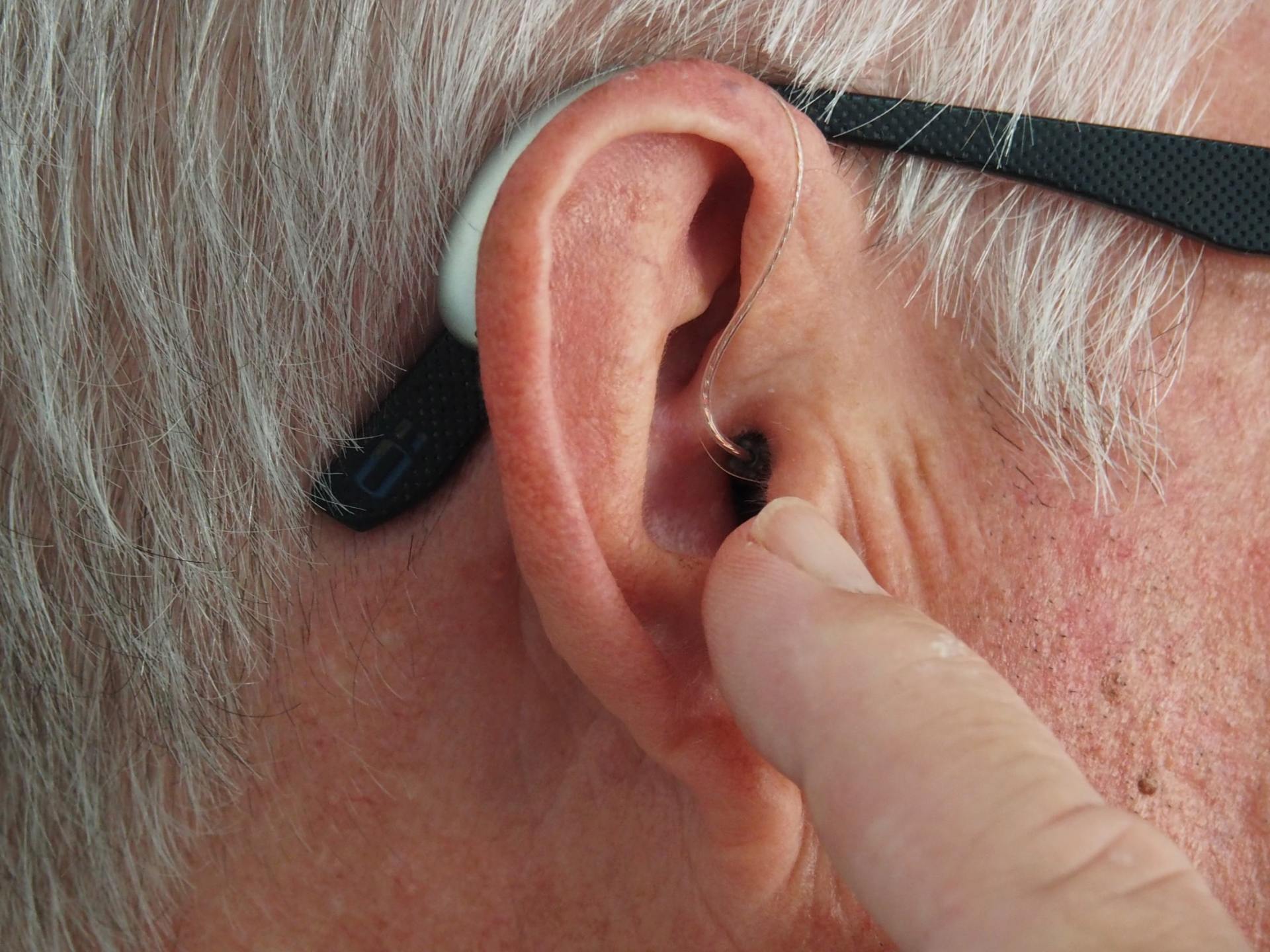Qualifying for Disability Benefits with Fibromyalgia
March 1, 2021
Get the Benefits You Deserve

Anyone with fibromyalgia will tell you that their appearance has nothing to do with the pain they’re experiencing that day. The disease involves feelings of fatigue, confusion, and pain that have little impact on the way they look but a significant impact on how much they’re able to function from day to day. This is also why those with fibromyalgia may not have their condition diagnosed for years.
If you have fibromyalgia, you deserve to have Social Security Disability (SSD) benefits, but the process may seem daunting or next to impossible. In this blog post, we’ll talk a bit about the challenges of receiving SSD benefits when you have fibromyalgia and the steps you can take to make sure you get the benefits you deserve.
In order to receive benefits, you will need to work with a physician who diagnoses your condition according to Social Security’s medical standards. Your inability to work also needs to have a well-established connection to fibromyalgia. Test results will not just strengthen your case; you must meet criteria from one of two tests which include questions about your history of pain, fatigue, and memory problems, as well as results from tests which prove that your symptoms aren’t caused by something else.
In other words, you will also need to understand and be able to explain how your condition impacts your ability to work and live. Learn more about the questions you will need to answer by visiting our Fibromyalgia page.
While your doctor may have already diagnosed you with fibromyalgia, there are other steps to take before you can gain SSD
benefits for your condition. The Social Security Administration usually looks at the last year of your medical history to determine if you are eligible for benefits.
The best way to make sure you get the benefits you deserve is to contact an attorney with experience handling SSD cases for those with fibromyalgia. When you’re searching for a disability lawyer who will work tirelessly on your behalf, turn to Diane S. Hinman Attorney at Law in Buffalo, Amherst, Cheektowaga, Clarence, Lancaster, Niagara Falls, Orchard Park, West Seneca
and Tonawanda, NY.










